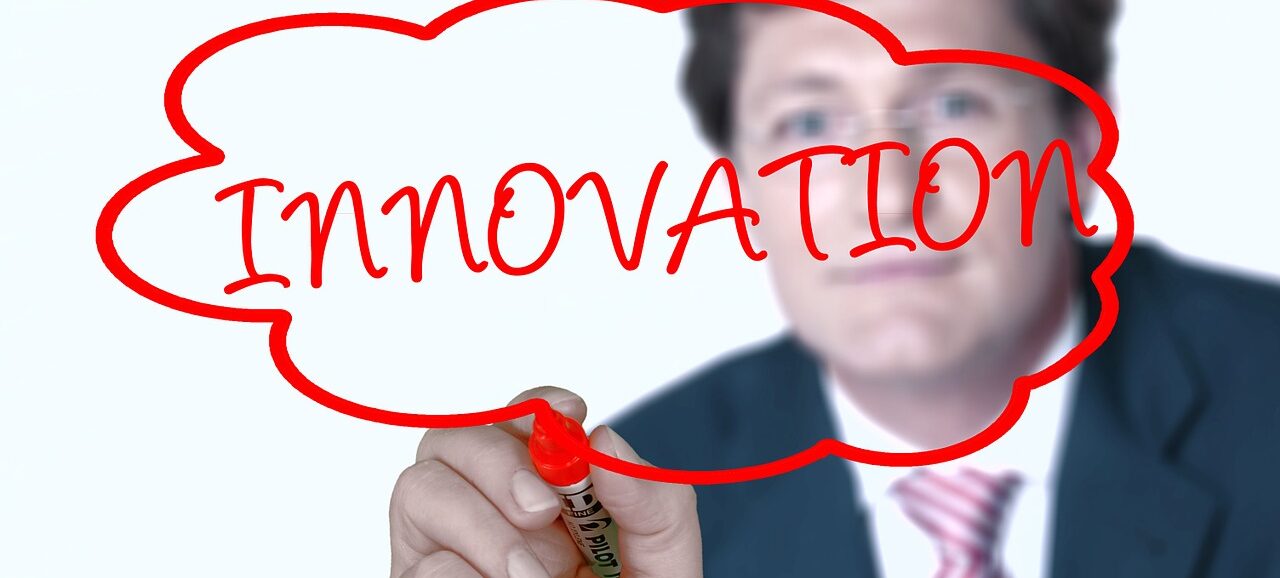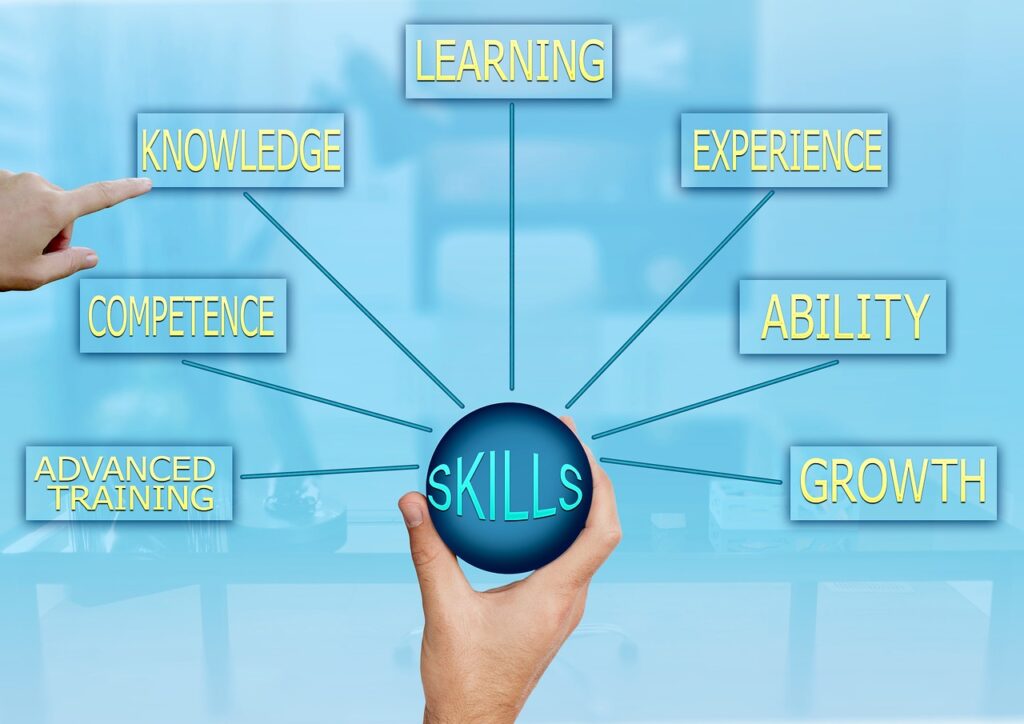
5 Types of Innovation Strategies & Examples
Today, innovation is the primary driver of development and success in every firm. It is what distinguishes businesses from their rivals and drives them ahead in an ever-changing environment. However, there is no one-size-fits-all Strategy to Innovation. Organizations may use a variety of Innovation tactics to achieve their objectives and remain ahead of the competition. In this essay, we will look at the What is an 5 Types of Innovation Strategies & Effective Examples . As well as their Definitions, Development, and Importance,
What is Innovation Strategy?
Innovation strategy: is a company’s plan and approach to promoting innovation throughout its operations, products, and services. It entails integrating company objectives with innovation goals, identifying areas for development, and executing tactics to promote creativity and growth. The ultimate goal of an innovation strategy is to gain a lasting competitive advantage by providing distinctive value to consumers and being ahead of the competition.
What are the 5 Types of Innovation Strategy?

1. Product Innovation:
The creation of new and enhanced products or services is referred to as product innovation. This form of innovation strategy focuses on developing new products and services to fulfill the changing requirements and desires of customers. Product innovation examples include Apple’s iPhone, which transformed the smartphone business, and Tesla’s electric automobiles, which challenged the traditional automotive sector.
2. Process Innovation:
Process innovation involves finding new ways to improve efficiency, reduce costs, and streamline operations within an organization. This type of innovation strategy aims to optimize internal processes, enhance productivity, and deliver better value to customers. A notable example of process innovation is the adoption of lean manufacturing principles by Toyota, which transformed the traditional assembly line process and led to significant improvements in quality and efficiency.
3. Business Model Innovation:
Reimagining how a firm develops, delivers, and collects value is part of business model innovation. This sort of innovation strategy focuses on developing new income streams, expanding into new markets, and establishing long-term competitive advantages. Airbnb is an example of a business concept that has disrupted the hotel sector by providing a platform for individuals to rent out their houses to visitors, altering the way consumers book lodgings.
4. Marketing Innovation:
Marketing innovation is about finding new ways to connect with customers, differentiate products, and create compelling brand experiences. This type of innovation strategy involves identifying innovative marketing channels, approaches, and messaging to engage target audiences effectively. A prominent example is the “Share a Coke” campaign by Coca-Cola, where personalized bottles with individual names were created, leading to increased customer engagement and brand loyalty.
5. Organizational Innovation:
The goal of organizational innovation is to create a culture and structure that encourages creativity, cooperation, and continual development. Implementing innovative management techniques, structures, and procedures to stimulate creativity at all levels of a business is part of this sort of innovation strategy. Google’s “20% time,” for example, allows workers to spend 20% of their working hours on personal initiatives that contribute to the company’s development and innovation.
How to develop an innovation strategy step-by-step

Here are some common steps you need to take to development innovation strategy:
1. Mach business strategy with innovation
Successful innovation initiatives are usually in line with the broader strategy of the company. To foster a culture of product innovation, conduct training sessions to ensure that staff understand the organization’s goals. This involves knowing the market in which the company plans to operate, as the most successful ideas answer the demands of current and potential customers. A thorough understanding of the competitors may also assist influence your approach to innovation.
2. Identify your target Goals
The unique value you provide the market and the kinds of innovations that can help you capitalize on that value and gain a competitive edge can both be included in your innovation plan. Businesses might ask how the innovation will benefit their customers in order to overcome these issues. Finding the answer to this question can aid in choosing the best innovation method to use.
3. Learn to Solve Customer Problem
The majority of inventions that succeed do so by meeting customer demands. In order to do this, the business may initially identify those needs—in certain cases, even before the clients do. Since staff members are in direct contact with clients, they may be a vital component of the plan for discovering unmet requirements. To get employee insight into the demands of the clients, think about asking for crowdsourced feedback. This might be a useful strategy for figuring out where to concentrate your innovation efforts.
4. Adjust your Innovation strategy
The most effective innovation strategy plans are adaptable. Take time to evaluate the performance of your innovation approach through employee crowdsourcing. This phase can provide a sustained feedback loop that allows you to assess the validity of your plan and make required adjustments. Be willing to alter Innovation strategy. When consumer and market needs change or grow. Continue to solicit employee input through crowdsourcing and modify your plan to match current needs.
Why innovation strategy is important

A well-designed innovation strategy can:
- Clearly define objectives and priorities: An organization’s innovation activities have goals that are outlined in an innovation strategy, which assists in concentrating efforts toward achieving those goals.
- Promote congruence: An organization’s varied groups will collaborate toward shared objectives rather than focusing on their own personal interests when a strategy is in place.
- Prevent a company from taking its success for granted: Since creative rivals and imitations will probably eventually gain market share, even initial inventors must continue to develop strategically.
- Assist a company in achieving sustained success: A business is unlikely to achieve a competitive edge or sustain long-term client engagement without constant innovation.
3 Effective Innovation Strategies Examples
1. Tesla’s Innovation Strategies:
Tesla’s innovation strategy revolves around developing electric vehicles (EVs) that combine cutting-edge technologies, high-performance capabilities, and sustainability. Its commitment to innovation has not only propelled Tesla to become a leading EV manufacturer but has also disrupted the traditional automotive industry.
2. Google’s Innovation Strategies
Google’s approach to innovation focuses on researching emerging technology and funding various projects via its Alphabet division. With this approach, Google can continuously innovate in several areas, such as autonomous vehicles (Waymo) and cutting-edge projects like Project Loon from Google X, which plans to use high-altitude balloons to provide internet access to underserved areas.
3. 3M’s Innovation Strategies
To promote a culture of experimentation and curiosity, 3M offers its workers the opportunity to dedicate 15% of their workday to initiatives of their choosing. With the help of this strategy, 3M has become a leader in creativity and innovation, responsible for several ground-breaking technologies including Scotchgard and Post-it Notes.
Conclusion
In conclusion, Innovation Strategy is essential for organizations to thrive in today’s fast-paced and competitive business landscape. The five types of innovation strategies mentioned above them. Including product innovation, process innovation, business model innovation, marketing innovation, and organizational innovation. Provide a framework for companies to cultivate a culture of innovation and achieve sustainable growth. By understanding these 5 Types of Innovation Strategies & Examples, Organizations can identify the most relevant approach. For their goals and tailor their innovation initiatives accordingly.





